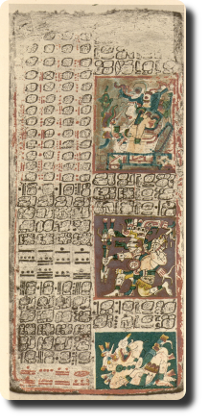
June 2011, Issue 17
Dollhouse Tourism, Guatemala
Page 14
 considered one of the most highly developed cultures of its time. The cities of Tikal, Chichen Itza, Palenque and El Mirador, to name a few, were commercial
considered one of the most highly developed cultures of its time. The cities of Tikal, Chichen Itza, Palenque and El Mirador, to name a few, were commercial
 and spiritual centers with established trade routes. Jade, obsidian, feathers, seashells, cacao, cotton, fish and salt were traded amongst the people of the empire and people in surrounding areas.
and spiritual centers with established trade routes. Jade, obsidian, feathers, seashells, cacao, cotton, fish and salt were traded amongst the people of the empire and people in surrounding areas.
Scientists assert the Mayan empire fell into decline due to an ecological catastrophe only to have the area reclaimed by the rain forest. By the time Spanish conqueror Pedro de Alvarado invaded in 1542, he discovered the descendants of the Maya living as simple farmers, their great cities abandoned.

But remnants of their glory remain and thousands of tourists each year flock to see the elaborate and highly decorated ceremonial architecture including temple-pyramids, palaces and observatories. There are many other artistic achievements to marvel at, as well, from sculptures done in jade and obsidian to weavings of colorful cotton to distinctive pottery to paintings.
Custom Dolls, Houses & Miniatures / CDHM







